Kangaroos got their name from an aboriginal language known as Guugu Yimithirr. The actual word was “Gangurru” and the aboriginals used it for describing the grey kangaroo. They’re marsupials, which means that they carry their babies in a pouch. Take a look below for 28 more interesting and weird facts about kangaroos.
1. Kangaroos mostly inhabit areas in Australia and Papua New Guinea. The species found in Papua New Guinea are called tree kangaroos.
2. Red kangaroos inhabit open plains. Western and eastern grey kangaroos live in shrublands and moist forests of south-western, southern and eastern Australia. Red kangaroos inhabit the same ecosystems as western and eastern grey kangaroos.
3. Western and eastern grey kangaroos are the most common kangaroo species found in Australia.
4. Wallaroos are another species of kangaroo found in inland Australia. They prefer to stay in rocky outcrops and stone country.
5. Kangaroos are part of the Macropodidae family, which also includes tree kangaroos, wallabies, wallaroos, quokkas and pademelons.
6. The red kangaroo is the biggest kangaroo and the biggest marsupial. The length from their head to its rump is 3.25 to 5.25 feet, or 1 to 1.6 meters, long. Its tail adds another 35.5 to 43.5 inches, or 90 to 110 centimeters, to its length. It can weigh up to around 200 pounds, or 90 kilograms.
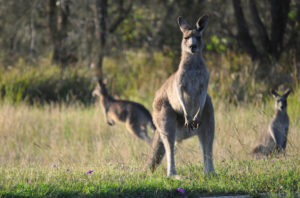
7. The musky rat kangaroo is the smallest kangaroo species. It’s only about 6 to 8 inches, or 15.24 to 20.32 centimeters, long and it weighs only 12 ounces, or 340 grams. It’s tail adds another 5 to 6 inches, or 12.7 to 15.24 centimeters, to its length.
8. Kangaroos are the only large animals that hop as a primary means of movement. This is because their springy hing legs and feet are much stronger and bigger than their arms.
9. They’re able to cover 15 feet, or 7 meters, in a single hop and they can hop as fast as 30 miles per hour, or 48 kilometers per hour.
10. When they’re feeding, they will use a slow walking movement. They do this by using their muscular tail as a fifth leg, pushing it off the ground as they move along.
11. They’re social animals and are known to live in groups called “mobs,” “herds,” or “troops.”
12. When they’re in a mob, the kangaroos will groom each other and protect each other from danger. If one member of the group suspects dangers, they will stomp their foot on the ground to alert others.
13. They’re herbivores, which means that their diet is primarily plant based. Their diet consists of grasses, flowers, leaves, ferns, moss and some insects.
14. Like cows, they will regurgitate their food and re-chew it before they digest it.
15. Female kangaroos are pregnant for 21 to 38 days and she can give birth to up to 4 offspring at one time. At birth, the offspring is called a joey and can be as small as a grain of rice, or as big as a bee.
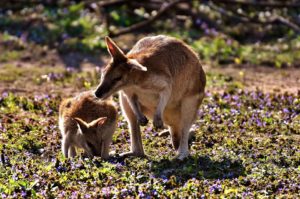
16. When the joey is born, it’s guided into the pouch, where it gestates for another 120 to 450 days. Inside the pouch, the joey is protected and can feed by nursing from its mother’s nipples. They also urinate and defecate in the mother’s pouch. The lining of the pouch absorbs most of it, but the mother will also clean it every now and then.
17. Mother kangaroos are able to suckle two joeys at different developmental stages at the same time with her milk.
18. Giant kangaroos were around the Pleistocene period, which was about 2.6 million to 11,700 years ago, and the Pliocene period, which was about 5.3 million to 2.6 million years ago.
19. 20 million years ago, small ancestors of the modern kangaroo with fangs were found around the dense forests in northwestern Queensland, Australia.
20. In a study published in February, 2016, scientists described a new kangaroo genus, Cookeroo, and two new species, Cookeroo bulwidarri, which was dated to about 23 million years ago, and Cookeroo hortusensis, which was dated between 18 million and 20 million years ago.
21. These ancient species had bodies that were about 17 to 20 inches, or 42 to 52 centimeters, long. They also didn’t hop, but went through the forest on all fours.
22. The kangaroo and emu are featured on the Australian Coat of Arms. Kangaroos have also been featured on coins, most notably the five kangaroos on the Australian one dollar coin.
23. The kangaroo and wallaby are also featured in Australian sports teams names and mascots. For example, the Australian National Rugby League team is called the Kangaroos.
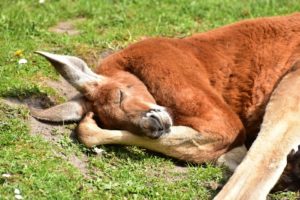
24. Kangaroos are also represented in films, television, books, toys and souvenirs around the world. Skippy the Bush Kangaroo was the star of a popular 1960s Australia children’s television series of the same name.
25. Kangaroo meat has been a source of food for indigenous Australians. The meat is high in protein and low in fat; it also has a high concentration of conjugated linoleic acid.
26. Most kangaroo meat is sourced from wild animals as a byproduct of population control programs. They’re hunted by licensed hunters in accordance with a strict code of practice and are protected by state and federal legislation.
27. In 2003, Lulu, an eastern grey kangaroo which had been hand-reared, saved a farmer’s life by alerting family members to his location when he was injured by a falling tree branch. She received the RSPCA Australia National Animal Valour Award on May 19, 2004.
28. The only reliably documented case of a fatality from a kangaroo attack happened in New South Wales, in 1936. A hunter was killed when he tried to rescue his two dogs from a heated fight with a kangaroo.

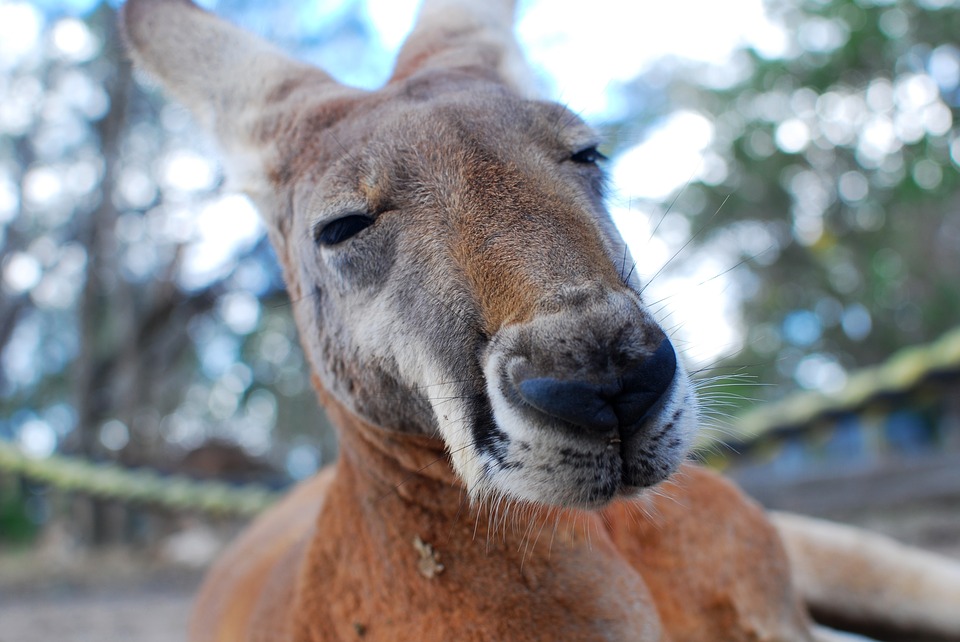

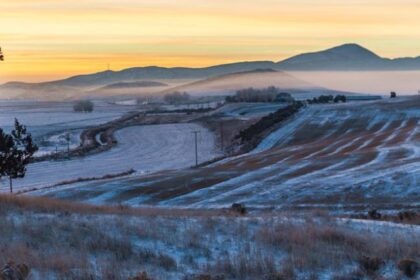
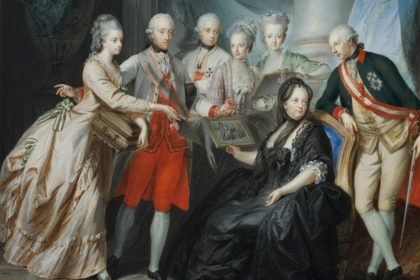
One Comment
Pingback:
January 1, 2018 at 6:43 pm